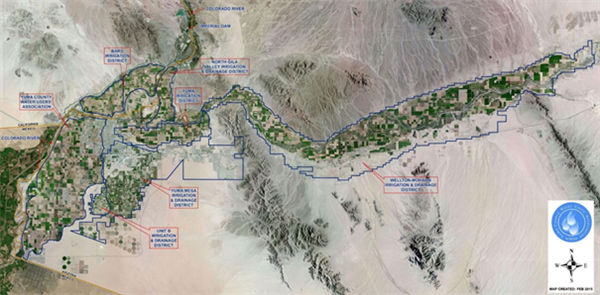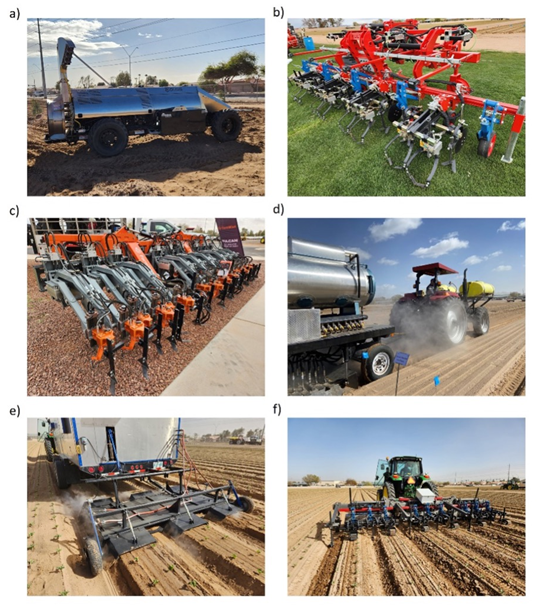Mar 19, 2014
Winter Weather and Produce Pests – 2013
Bob Dylan wrote in one of his songs that
“you don’t need a weatherman to know which way the wind blows”. I don’t claim to be a meteorologist, but I think most would agree with me that this was one of the warmest winters we’ve experienced in a long while. In fact, I’m not sure when winter ended and spring started; sometime in January I think. Given the temperatures we’re currently experiencing one might wonder if summer has arrived early this year. But in fact, spring begins tomorrow and the produce season is quickly winding down. I made the comment last year that Yuma’s weather (2012-2013) was certainly unusual. Same this year, but don’t we say this every year? Same for insect pressure. The warm winter weather certainly had an influence on insect pressure at the Yuma Agricultural Center. It was not the worst I’ve seen but certainly heavier pressure than the previous 2 seasons; particularly for aphids, thrips and Leps. Based on weather data collected from AZMET weather stations throughout Yuma County, average temperatures were warmer in January and February than in the past several years (and compared to “normal” temp). This may explain to a large degree why aphid and thrips populations have been higher this year compared with what we historically see during this period. Although winter rainfall (Oct-Feb) was higher in some locations, almost no precipitation was recorded in Jan and Dec, which is about 0.75” lower than normal. This certainly can have an influence on insect infestations, especially thrips. Not surprisingly, thrips numbers are presently building exponentially on our late lettuce trials at YAC, but this is expected given our warm, dry growing conditions and the migration of adults from recently disked lettuce fields. Cabbage lopper, corn earworm, and diamondback moth numbers were high this spring, and are likely a reflection of the warmer nighttime temperatures experienced in the last 6-8 weeks. Not surprisingly, Bagrada bugs are quite abundant on our cole crops at YAC; keep an eye out for them on your Brassica seed crops. Whitefly adults have been found on early melons since early February. Although we think of CYSDV as a fall problem, high whitefly numbers in April and May could lead to more virus than expected on spring melons. Finally, seed corn maggots have not been a problem to date on either melons or cotton, but this recent warm, dry weather is not considered especially conducive to maggot outbreaks. For a detailed summary of the winter weather data described above, please view the update on
Winter Weather Conditions for Yuma County, 2013-2014.
To contact John Palumbo go to:
jpalumbo@ag.Arizona.edu
 To contact John Palumbo go to: jpalumbo@ag.Arizona.edu
To contact John Palumbo go to: jpalumbo@ag.Arizona.edu









